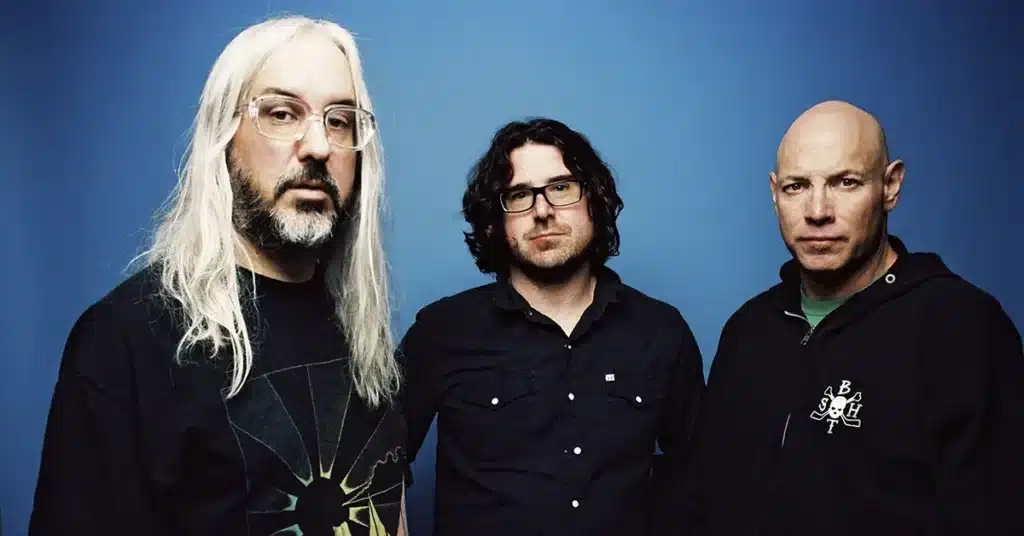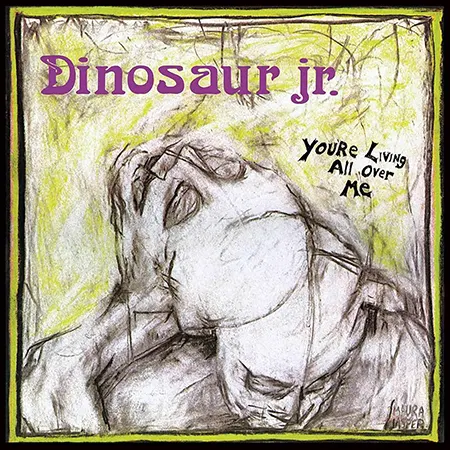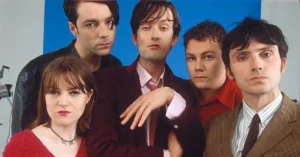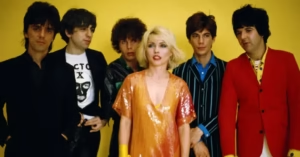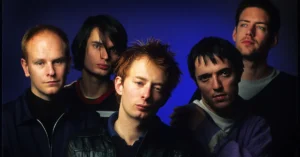Dinosaur Jr.: Pioneers of Alternative Rock and Indie Guitar Sound
Introduction: Shaping the Sound of American Alternative Rock
Dinosaur Jr., formed in Amherst, Massachusetts in 1984, is widely regarded as one of the most influential alternative rock bands of the late 1980s and early 1990s. Known for their unique blend of loud, distorted guitar riffs, melodic songwriting, and introspective lyrics, they helped define the sound of American indie and alternative rock. With J Mascis’s signature guitar playing and distinctive vocals, Dinosaur Jr. carved a niche that inspired countless bands and contributed to the post-hardcore and indie scenes.
Dinosaur Jr. Formation and Early Years
The band was originally formed by:
- J Mascis — Guitar, vocals
- Lou Barlow — Bass, vocals
- Murph (Emmett Jefferson Murphy III) — Drums
Mascis, Barlow, and Murph had previously played together in the hardcore punk band Deep Wound. After Deep Wound disbanded, the trio shifted toward a more melodic but still aggressive sound, mixing punk energy with classic rock influences.
Their early work was marked by a DIY ethic and an abrasive yet tuneful style, drawing influence from artists like Neil Young and Black Flag.
Dinosaur Jr. Musical Style and Influences
Dinosaur Jr.’s sound is characterized by:
- Loud, distorted, and feedback-heavy guitars layered with melodic solos.
- A blend of raw punk energy with classic rock and psychedelic textures.
- J Mascis’s distinctive, drawling vocal style that adds emotional depth and vulnerability.
- Lyrics that often explore themes of alienation, introspection, and personal struggle.
- A rhythm section that balances powerful dynamics with subtlety.
Their pioneering use of guitar distortion and feedback has been a key influence on later alternative and grunge bands.
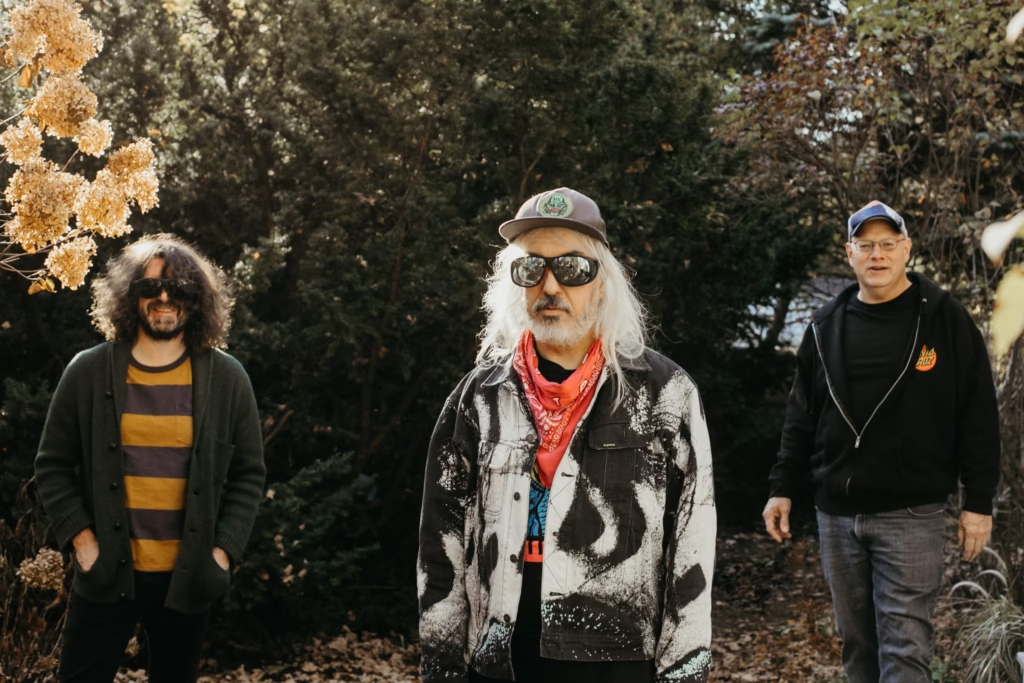
Dinosaur Jr. Key Albums and Career Milestones
- “Dinosaur” (1985): Their debut album, released on Homestead Records, introduced their noisy yet melodic sound.
- “You’re Living All Over Me” (1987): Considered a landmark album in alternative rock, it showcased the band’s evolving songwriting and signature guitar work with tracks like “Freak Scene” and “Little Fury Things.”
- “Bug” (1988): An album noted for its more concise songs and refined production, deepening their critical acclaim.
- “Green Mind” (1991): Marked the first album after Lou Barlow’s departure, featuring guest musicians and a more polished, expansive sound.
- “Where You Been” (1993): Their most commercially successful album, including the hit “Start Choppin’,” blending catchy melodies with their trademark guitar noise.
- Hiatus and Reunion: The band disbanded in 1997 but reunited in 2005 with the original lineup, releasing several well-received albums such as “Beyond” (2007) and “Farm” (2009).
Dinosaur Jr. Band Dynamics and Lineup Changes
One of the most notable aspects of Dinosaur Jr.’s history is the creative tension between J Mascis and Lou Barlow. Barlow was eventually fired in 1989 due to personal and musical differences, leading him to form Sebadoh, another influential indie band. Despite this, Dinosaur Jr.’s sound continued to evolve, primarily under Mascis’s leadership.
The original trio reunited in the mid-2000s, much to the delight of fans and critics, proving their enduring chemistry and influence.
Dinosaur Jr. Influence and Legacy
Dinosaur Jr. is credited with shaping the sound of 1990s alternative rock and grunge. Their emphasis on guitar virtuosity, melodic songwriting amid noise, and honest lyrical content inspired bands such as Nirvana, Sonic Youth, Pixies, and many indie rock artists.
They are often cited as a bridge between punk’s rawness and alternative rock’s more expansive sounds, influencing the indie and college rock scenes for decades.
Live Performances
Known for their loud, intense, and energetic shows, Dinosaur Jr.’s live performances emphasize extended guitar solos and raw power. J Mascis’s guitar playing is a highlight, often featuring long, improvised solos that showcase his technical skill and emotional expressiveness.
Their reunion tours have drawn large crowds, reaffirming their status as enduring icons in alternative rock.
Deep Dive: Key Albums and Stories Behind Dinosaur Jr.’s Music
You’re Living All Over Me (1987)
This album is often hailed as a landmark in alternative rock history. Recorded when the band was still honing their signature sound, You’re Living All Over Me blends raw punk energy with melodic songwriting and intricate guitar work.
- “Freak Scene” became an anthem for disaffected youth, its catchy riff and emotionally candid lyrics encapsulating teenage angst and confusion. J Mascis’s signature guitar tone—heavy with distortion and feedback—set a new standard for indie rock guitar sounds.
- The album’s production retains a lo-fi, almost garage-like feel, which added to its raw authenticity.
- The tension between Mascis’s layered guitars and Barlow’s melodic basslines gave the album a unique depth.
This album influenced a generation of musicians, notably Kurt Cobain, who cited Dinosaur Jr. as a key inspiration for Nirvana’s sound.
Bug (1988)
Bug marked a subtle shift in Dinosaur Jr.’s sound, featuring tighter songwriting and slightly cleaner production without sacrificing their trademark noisy aesthetic.
- Songs like “Don’t” and “Freak Scene” continued to showcase the band’s ability to blend aggression with melody.
- The album reflects growing creative tensions within the band, particularly between Mascis and Barlow.
- Lou Barlow’s contributions on this album hint at his growing dissatisfaction, which ultimately led to his departure.
Despite internal struggles, Bug reinforced Dinosaur Jr.’s reputation as innovative and influential figures in underground rock.
Green Mind (1991)
This was Dinosaur Jr.’s first album without Lou Barlow, featuring a lineup change that introduced new session musicians and a more polished, mainstream sound.
- J Mascis took over bass duties in addition to guitar and vocals, emphasizing his singular creative vision.
- The album’s standout tracks include “The Wagon” and “Whatever’s Cool With Me,” which mix heavy distortion with accessible melodies.
- Critics were divided, but Green Mind expanded the band’s audience and showed Mascis’s versatility.
The album’s more produced sound indicated the band’s willingness to evolve beyond their earlier, rawer style.
Where You Been (1993)
Where You Been is often considered Dinosaur Jr.’s commercial peak and contains some of their most memorable songs.
- “Start Choppin’” became a radio hit, combining catchy hooks with Mascis’s signature fuzzy guitar tone.
- The album strikes a balance between distorted, loud rock and more introspective ballads like “I Don’t Think So” and “What Else Is New.”
- Where You Been showcased the band’s ability to mature musically while retaining their core sound.
This album solidified Dinosaur Jr.’s place in early ’90s alternative rock and introduced them to a broader audience.
Reunion and Later Work
After a hiatus following Hand It Over (1997), the original lineup reunited in 2005, much to the delight of fans.
- Albums like Beyond (2007) and Farm (2009) continued to deliver the trademark Dinosaur Jr. blend of noise and melody.
- These releases showed that the band’s chemistry and creativity remained intact despite decades apart.
- Their reunion tours also sparked renewed interest in their early work, affirming their lasting legacy.
Personal and Band Dynamics
The creative friction between J Mascis and Lou Barlow is a defining aspect of Dinosaur Jr.’s history.
- Barlow’s departure stemmed from conflicts over creative control and musical direction, which is reflected in the emotional tension and sometimes dark themes of their music.
- Despite the split, both artists continued successful careers—Barlow with Sebadoh and Mascis with Dinosaur Jr.—highlighting their importance to indie rock.
- Their reunion proved that while differences existed, their musical bond endured.
Final Thoughts
Dinosaur Jr.’s story is one of artistic innovation, personal struggles, and enduring influence. Their ability to merge melodic songwriting with raw, noisy guitar set them apart and helped shape the alternative rock genre. From the punk roots of their earliest days to their polished later albums, Dinosaur Jr. remains a beacon for musicians and fans seeking authentic, guitar-driven rock.
Conclusion
Dinosaur Jr.’s blend of distorted guitars, melodic sensibility, and raw emotional expression has left a lasting mark on alternative and indie rock music. From their early days as noisy pioneers to their successful reunions, they continue to inspire musicians and fans alike. Their legacy as one of the most important American rock bands of their generation remains secure.

